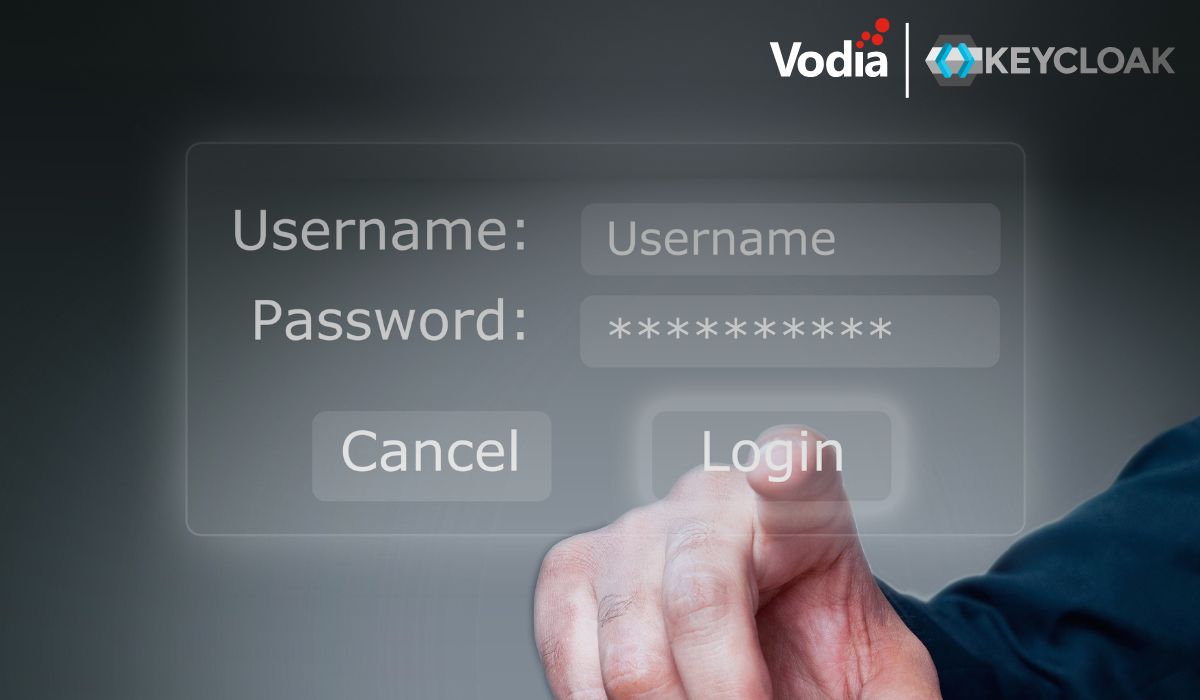In previous versions of the PBX, there was already a setting, “assume the call comes from extension so-and-so”. This was a trick to make it possible for a call coming in on one trunk to end up on another trunk for outbound call termination.
The practical relevance for this was international offices could use this trick to locally terminate calls from their branch offices. For example, when a company had offices in Boston and Berlin, making a phone call in Germany from the Boston office could be done using the PBX in the Berlin office, saving international call termination fees.
We have now taken this to the next level by adding an “inter-office” trunk feature. Instead of using the dial plan of an extension, the trunk uses a dial plan directly. It also provides more flexibility in presenting the caller-ID: the presented caller-ID does not have to be linked to an extension. Of course this depends on the carrier’s ability and willingness to present caller-ID that aren't within the PBX address range.
Because extensions aren't charged any more, the interoffice trunk feature doesn't support prepaid accounts. Our feeling, however, is the practical relevance for this is relatively low anyway.
The term “office” goes beyond the example which I have made previously. Technically the PBX identified inbound traffic attached to a trunk, no matter if the call came from the same organization or from another source. This way, the PBX is able to perform general call routing functions and act as a general-purpose session border controller. Especially since the PBX is able to operate on multiple network interfaces, it can be used to translate traffic between LAN and WAN. Other scenarios, like translating calls between IPv4 and IPv6, or just transcoding codecs, are now also possible. Time will tell what customers want to see.
The inter-office trunk feature will be available from version 5.0.10i onwards.
.svg)





